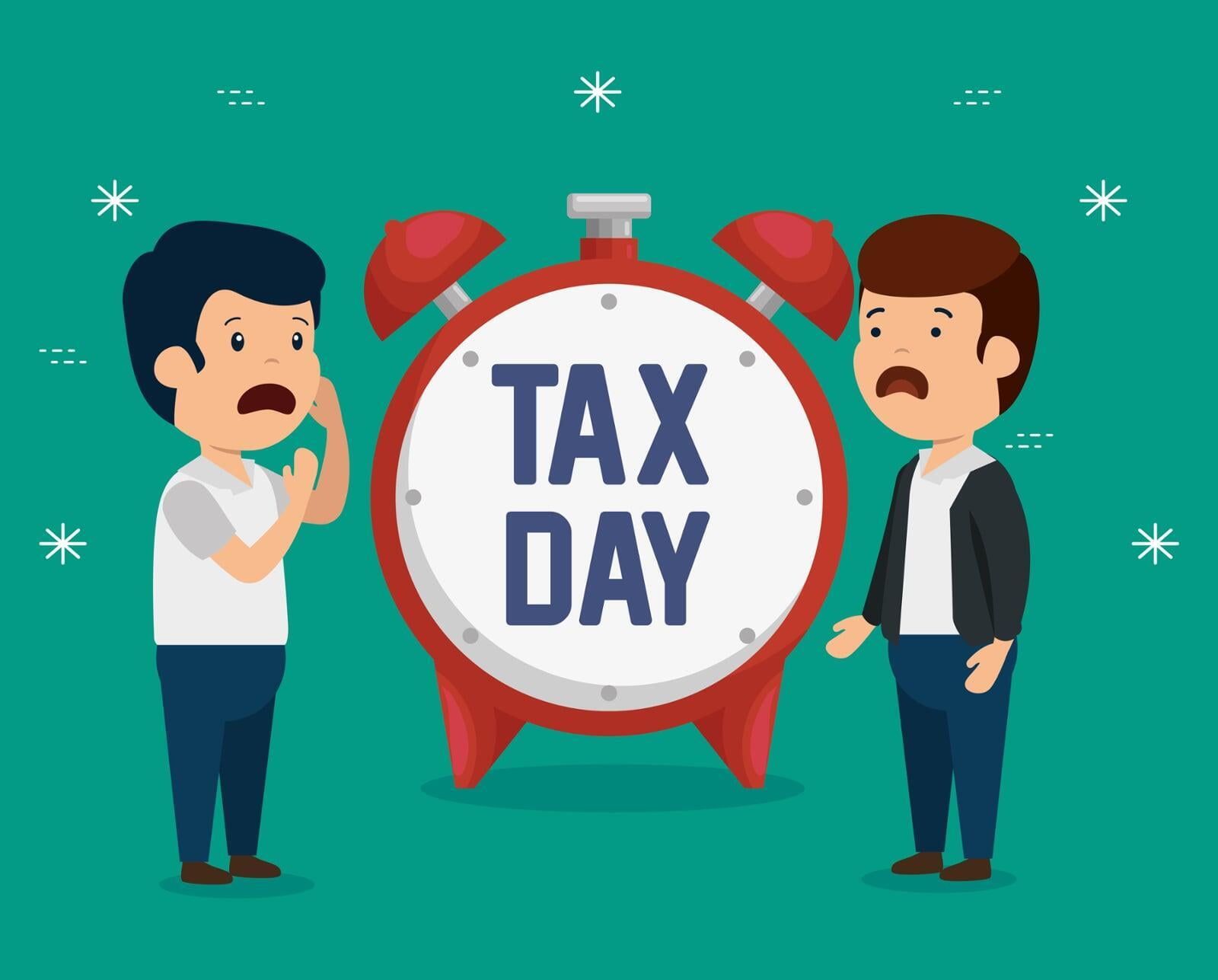In the realm of income tax regulations, it's crucial for individuals and Hindu undivided families (HUFs) to grasp the nuances of Section 194IB. This section of the Income Tax Act, 1961, pertains to the deduction of tax at source (TDS) on rent payments exceeding ₹50,000 per month. Let's delve into the details to understand who is liable, when to deduct TDS, the applicable rates, and recent amendments.
Who is Liable to Deduct Tax?
Section 194IB mandates that any individual or HUF, not covered under Section 194I, who pays rent exceeding ₹50,000 per month to a resident during a financial year, must deduct income tax at the prevailing rates. Moreover, individuals covered under sections 44AD and 44ADA, with turnovers not exceeding ₹3 crores and ₹50 lakhs for business and profession respectively, fall under this purview. The recent amendments have increased the turnover limits from ₹2 crores to ₹3 crores for businesses and from ₹75 lakhs to ₹50 lakhs for professions.

When to Deduct TDS?
TDS should be deducted at the time of crediting the rent for the last month of the previous year or the final month of tenancy, whichever occurs first. This deduction occurs either during the credit of rent to the payee's account or at the time of payment, through cash, cheque, draft, or any other mode.
TDS should be paid within 30 days from the end of the month in which TDS is deducted.
TDS Rate under Section 194IB
Under Section 194IB, tax must be deducted at a rate of 5% by the tenant, payer, or lessee at the time of rent payment to the lessor, landlord, or payee. The deducted tax amount must be deposited into the Government Account through authorized bank branches.
Notably, obtaining a TAN No. (Tax Deduction and Collection Account Number) is not required for those deducting tax under this section. In cases where tax deduction is necessitated under sections 206AA or 206AB, the deduction amount cannot exceed the rent payable for the last month of the previous year or the last month of tenancy, as applicable.

Additional Considerations
Additional Considerations
- Form No. 26QC, a challan-cum-statement, needs to be submitted.
- The person deducting tax is mandated to issue a TDS certificate in Form 16C within the specified due dates.
- TDS under Section 194IB is only applicable for payments made to residents; payments to non-resident owners are exempt.
- Both resident and non-resident tenants are liable to deduct TDS under Section 194IB.
- Whether for residential or commercial purposes, rent payments exceeding ₹50,000 for any month within a year trigger TDS obligations.
Illustration 1
Illustration 2
Conclusion
Understanding Section 194IB is essential for individuals and HUFs engaged in renting properties. Compliance with TDS regulations not only ensures adherence to legal requirements but also contributes to a transparent tax system.
To know more you can Schedule a consultancy by clicking on the below tab.


